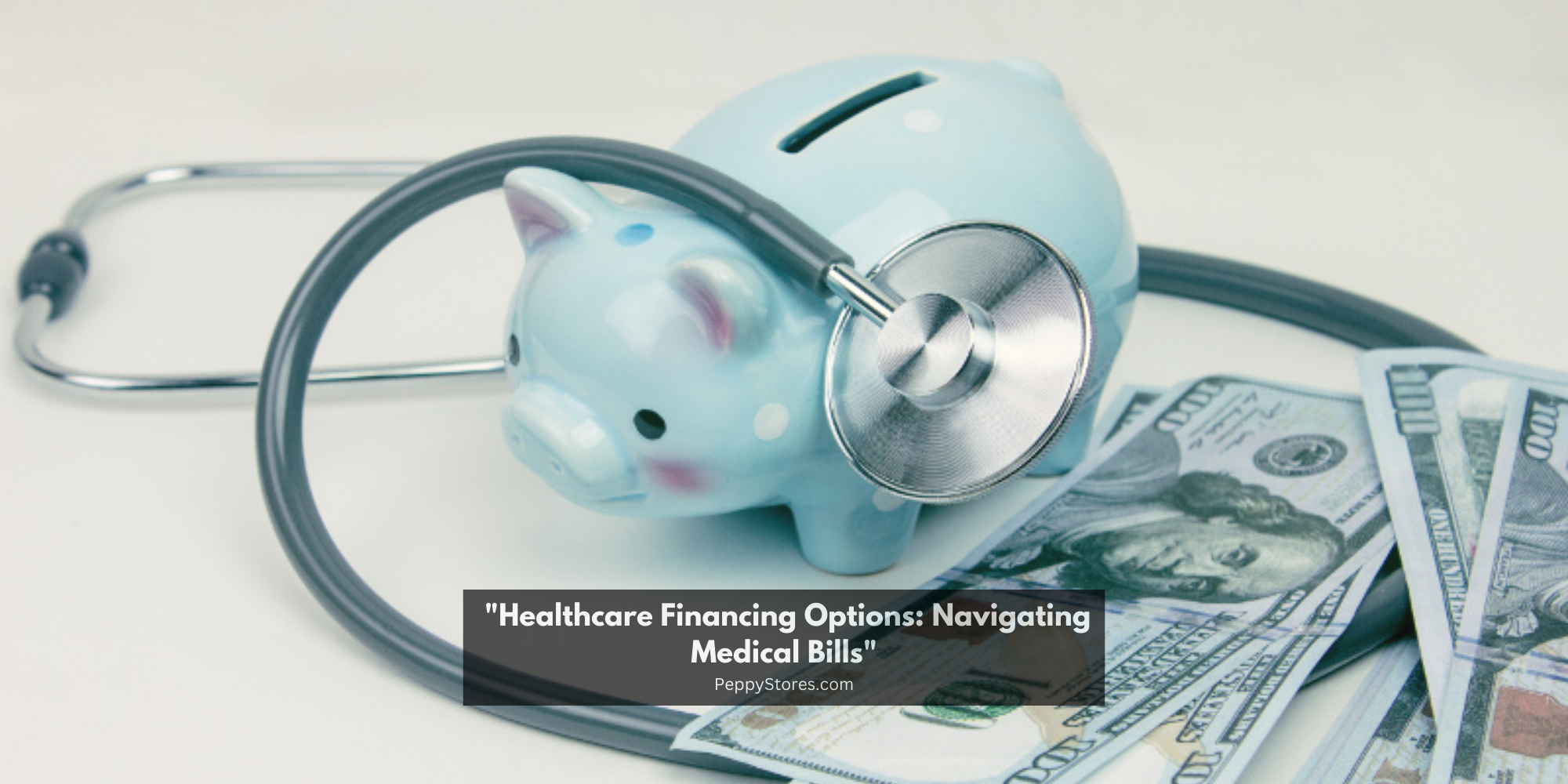The United States boasts a sophisticated healthcare system that provides quality medical care, but navigating the financial aspects of healthcare can be a complex and challenging endeavor. From unexpected medical expenses to managing the costs of ongoing treatment, understanding healthcare financing options is crucial for individuals and families across the country. In this comprehensive guide, we will explore various healthcare financing options, offer insights into managing medical bills, and provide valuable tips for making informed decisions about healthcare expenses.
Understanding the Landscape
1. Health Insurance Basics:
Health insurance is a fundamental component of managing healthcare costs. Whether through employer-sponsored plans, government programs like Medicaid and Medicare, or individual policies, health insurance helps cover a portion of medical expenses, reducing the financial burden on individuals.
2. Out-of-Pocket Costs:
Despite having health insurance, individuals often face out-of-pocket costs such as copayments, deductibles, and coinsurance. Understanding these terms and how they contribute to overall expenses is essential for effective financial planning.
3. The Impact of High-Deductible Plans:
High-deductible health plans (HDHPs) have become increasingly common, requiring individuals to pay higher out-of-pocket costs before insurance coverage kicks in. While these plans may have lower monthly premiums, they can lead to significant upfront expenses.
Healthcare Financing Options
1. Payment Plans:
Many healthcare providers offer flexible payment plans that allow patients to spread out the cost of medical bills over time. Before seeking outside financing, inquire about setting up a payment plan directly with the healthcare facility.
2. Medical Credit Cards:
Specialized medical credit cards, often offered by healthcare financing companies, can be used to cover medical expenses. These cards may come with promotional periods of zero or low-interest rates, but it’s crucial to understand the terms and potential interest rate increases.
3. Health Savings Accounts (HSAs) and Flexible Spending Accounts (FSAs):
HSAs and FSAs allow individuals to set aside pre-tax dollars to cover qualified medical expenses. HSAs, typically associated with high-deductible health plans, offer tax advantages and can be used to save for future medical costs. FSAs are employer-sponsored accounts that allow employees to use pre-tax dollars for eligible medical expenses incurred during the plan year.
4. Charity Care Programs:
Some healthcare facilities have charity care programs that provide financial assistance to individuals who qualify based on income and other criteria. These programs can help alleviate the burden of medical bills for those in need.
5. Negotiating Medical Bills:
Don’t hesitate to negotiate with healthcare providers, especially if you are facing financial hardship. Inquire about discounts, payment plans, or reduced fees. Many providers are willing to work with patients to find mutually agreeable solutions.
6. Crowdfunding and Fundraising:
In the age of online platforms, crowdfunding has become a common way for individuals to seek financial support for medical expenses. Websites like GoFundMe allow users to create fundraising campaigns and share them with friends, family, and the broader community.
Maximizing Health Insurance Benefits
1. Understanding Coverage:
Familiarize yourself with your health insurance policy, including coverage limits, exclusions, and network providers. Being informed about your insurance benefits can help you make strategic healthcare decisions.
2. Preventive Services:
Take advantage of preventive services covered by your insurance plan. Regular check-ups and screenings can help detect and address health issues early, potentially reducing the need for costly treatments.
3. In-Network Providers:
Whenever possible, seek care from in-network healthcare providers. In-network providers have negotiated rates with your insurance company, which can result in lower out-of-pocket costs for you.
4. Prior Authorization:
If your healthcare plan requires prior authorization for certain procedures or medications, be sure to follow the necessary steps. Failure to obtain authorization can result in denied claims and increased financial responsibility.
Financial Planning for Healthcare
1. Emergency Fund:
Establishing and maintaining an emergency fund is essential for handling unexpected medical expenses. Having savings set aside can help you cover immediate costs without resorting to high-interest credit or loans.
2. Reviewing Medical Bills:
Thoroughly review all medical bills for accuracy. Errors are not uncommon, and disputing inaccuracies can prevent you from overpaying for services.
3. Budgeting for Healthcare Costs:
Incorporate healthcare expenses into your overall budget. This includes monthly insurance premiums, expected out-of-pocket costs, and contributions to health savings accounts or flexible spending accounts.
4. Seeking Financial Counseling:
If you’re facing significant medical bills, consider seeking financial counseling. Nonprofit organizations and healthcare facilities may offer counseling services to help you navigate your financial situation and explore available options.
Long-Term Strategies
1. Maintaining Insurance Coverage:
Continuously maintain health insurance coverage to protect yourself from substantial medical expenses. Losing coverage can lead to higher out-of-pocket costs and potential barriers to accessing necessary healthcare services.
2. Investing in Wellness:
Prioritize wellness and preventive measures to minimize the need for costly medical interventions. Healthy lifestyle choices, regular exercise, and a balanced diet can contribute to overall well-being and reduce the risk of certain health conditions.
3. Continued Education:
Stay informed about changes in healthcare policies, insurance plans, and available resources. Ongoing education empowers you to make informed decisions and take advantage of available benefits.
4. Utilizing Employee Assistance Programs (EAPs):
Many employers offer Employee Assistance Programs that provide resources and support for various issues, including financial concerns. Explore the services offered by your employer to assist in managing healthcare-related financial stress.
Conclusion
Navigating the financial aspects of healthcare requires a combination of proactive planning, understanding available resources, and effective communication with healthcare providers and insurance companies. By exploring healthcare financing options, maximizing insurance benefits, and adopting long-term strategies for financial health, individuals can approach medical expenses with greater confidence. Remember that healthcare financing is not one-size-fits-all, and exploring a combination of options that align with your unique circumstances is key to achieving financial well-being in the face of healthcare costs.




